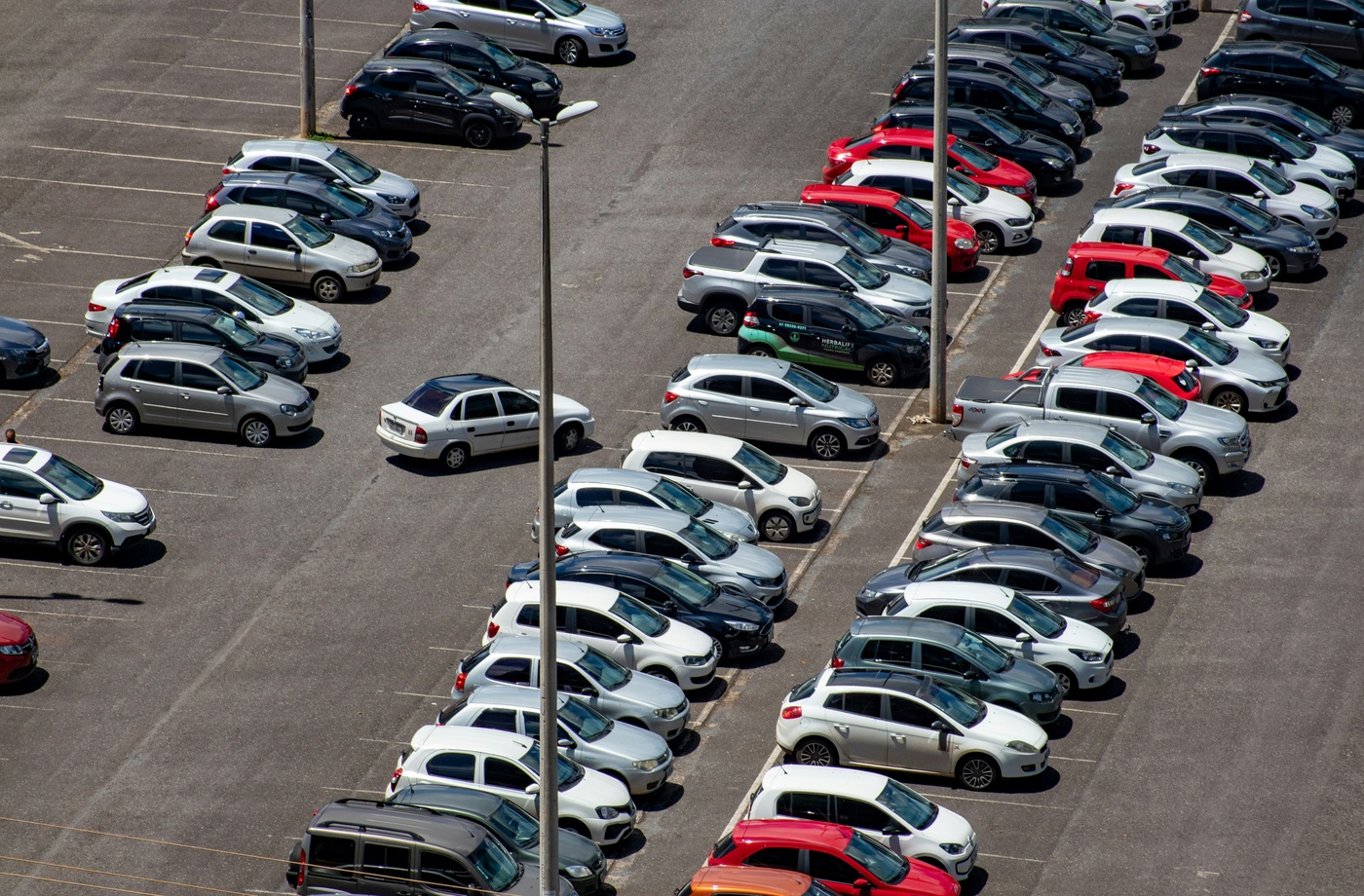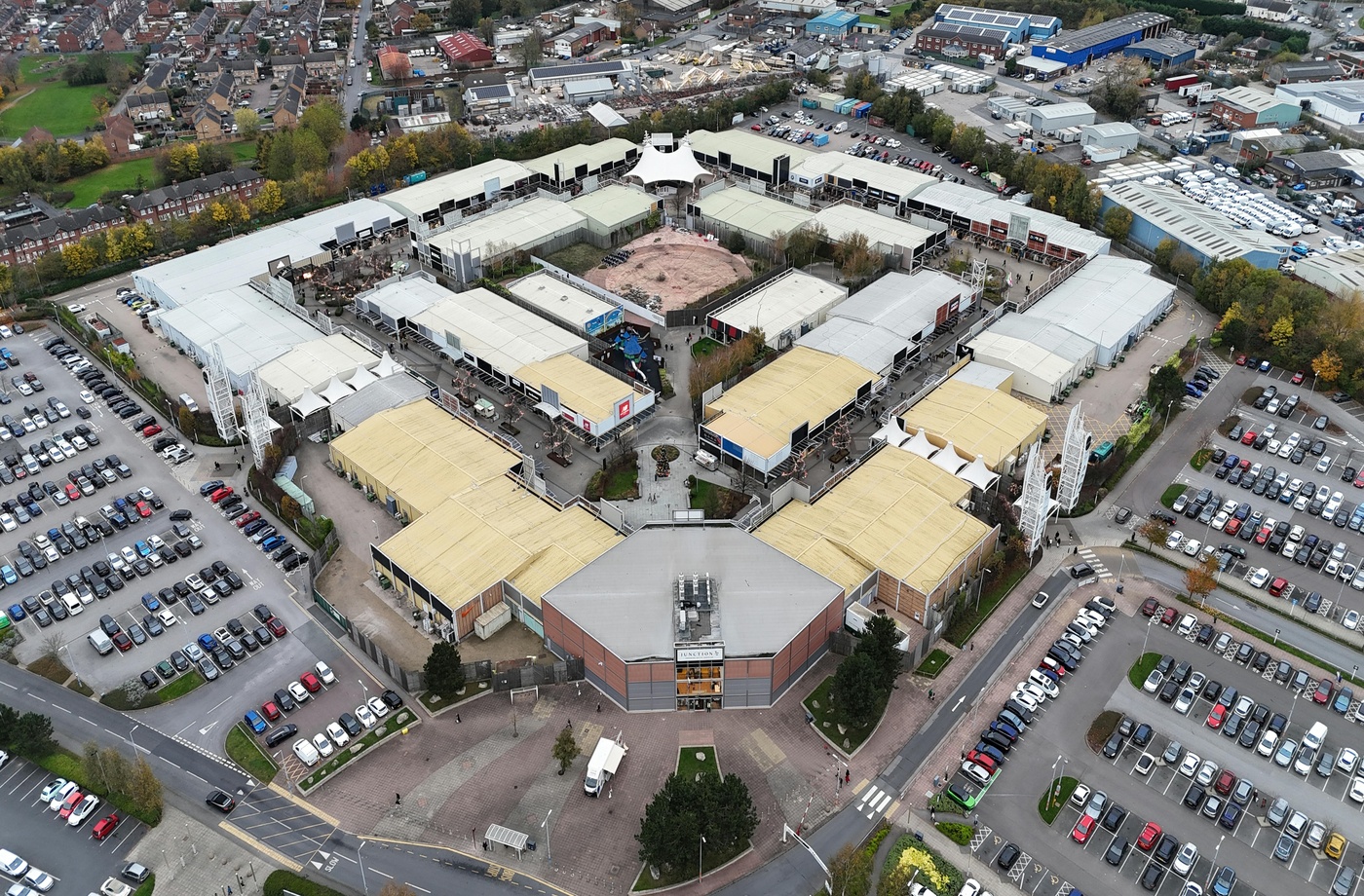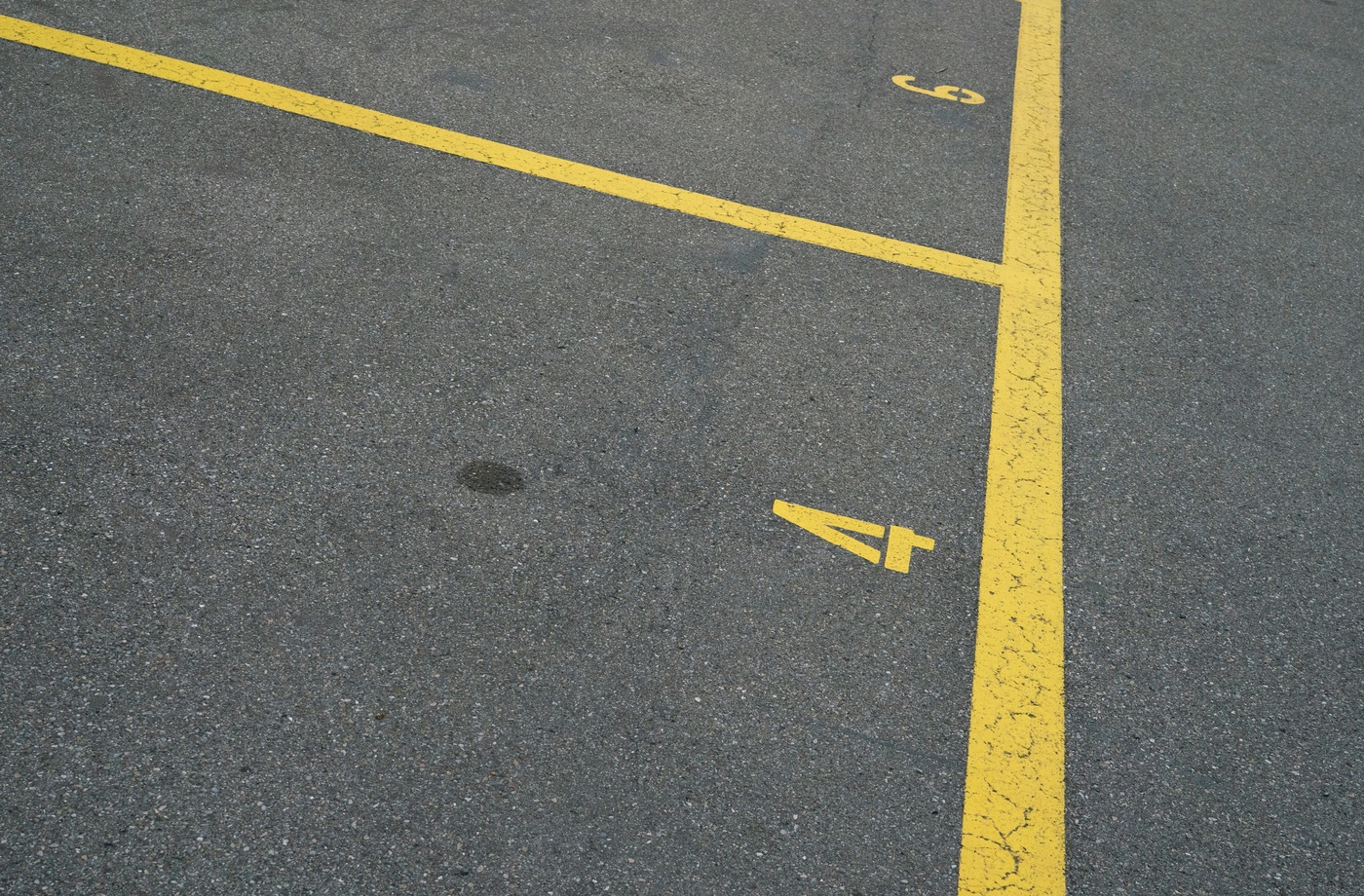Metered parking is a staple of urban driving, but with each city operating its own system of zones, time limits, rates, and enforcement hours, it’s easy to get tripped up—even if you’ve parked in the same area before. Whether you’re commuting, running errands, or visiting a new city, understanding how metered parking works is essential for avoiding tickets and maximizing convenience.
This guide breaks down the basics of metered zones, how to pay, and when to park free.
What Is Metered Parking?
Metered parking refers to designated public curbside parking spots where payment is required during posted hours. Most meters charge by the hour, and rates typically vary depending on location, demand, and time of day.
Cities use meters to encourage turnover in high-traffic areas like downtown retail zones or commercial corridors. Enforcement is usually handled by the local transportation department or parking authority.
Common Metered Parking Zones and Time Limits
Urban centers often divide areas into parking zones based on traffic density. For example:
- In New York City, metered parking is broken into zones like commercial vehicle-only areas, passenger vehicle meters, and special-use zones. See NYC DOT’s Parking Regulations.
- In San Francisco, SFMTA designates zones by demand and charges higher rates during peak hours. Learn more at SFMTA Meters.
Most meters have posted maximum time limits, often ranging from 30 minutes to 4 hours. Exceeding this limit—even if you pay again—can still result in a citation.
When Is Metered Parking Free?
Most cities suspend meter enforcement on federal holidays and during certain hours, typically overnight. For instance:
- NYC meters are usually free on Sundays and major holidays
- San Francisco meters run 7 AM–6 PM, Monday–Saturday, with some exceptions
- In Los Angeles, enforcement often ends at 8 PM, though this varies by zone
Always check signage and verify on city websites, as rules can change during events or construction.
How to Pay for Metered Parking
Modern meters offer a variety of payment options:
- Coins and cards: Still common in older meters, especially in small cities
- Mobile apps: Apps like ParkMobile, PayByPhone, and Flowbird allow you to pay, extend time, and receive expiration alerts
- Prepaid accounts: Some cities allow residents or frequent users to preload funds into a parking wallet for faster payment
Tips to Avoid Meter Mistakes
- Set a timer on your phone the moment you pay
- Use mobile apps for extension capabilities, especially during meetings or errands
- Avoid re-parking in the same zone to reset the meter—many cities track vehicle movement and issue fines
- Look for hidden signage indicating zone-specific rules, street cleaning, or restricted hours
Pair Your Metered Stop with Cashback Opportunities
If you’re running errands while parked at a meter, you can turn the stop into a savings opportunity. Use cashback apps like Fluz, Rakuten, or Ibotta to earn rewards at nearby retailers.
For example, if you’re headed to Walgreens or CVS, you can earn cashback with a CVS gift card from Fluz—helping offset the cost of metered parking with rewards from your purchase.
The Bottom Line
Understanding metered parking zones, time limits, and payment systems is essential for any urban driver. With the help of apps, city resources, and cashback platforms like Fluz, you can avoid fines and even turn your parking stop into a money-saving errand.



